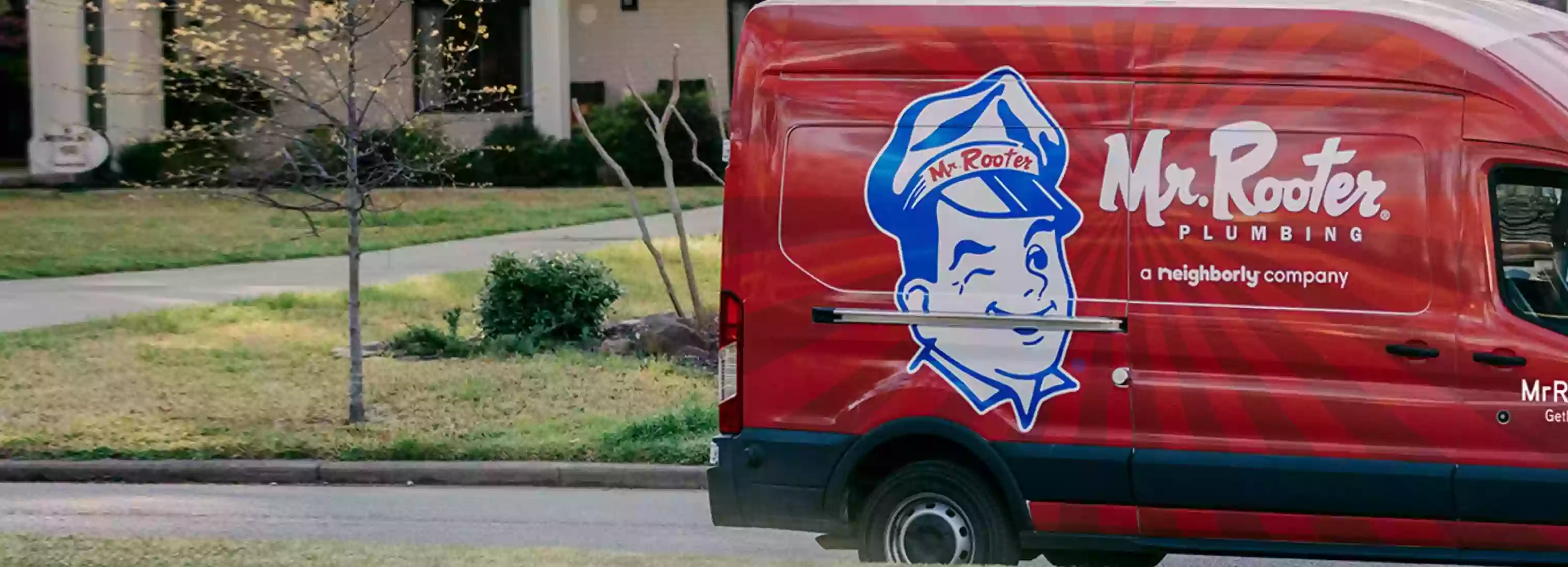Your Caulking and Re-Caulking How-To
You’ve seen the gaps in the seal around your tub, shower, or sink, and that means water is disappearing in there and laying the groundwork for a future mold problem. We know you don’t like mold and want to keep it out of your bathroom, so replace that aged caulk and add caulking to your bathroom maintenance plan.
Let’s start with the basics of caulk and then help you perform some residential plumbing and bathroom maintenance.
What Is Caulk?
Caulk is a compound that provides a watertight seal that can prevent leaks and stop water from harming your cabinets, countertop, floor, and other surfaces near any fixture using water. One of the most important things about caulk is using the right kind. In your hardware store, you’ll see a lot of different labels, but here’s what you need to know:
- Silicone caulk is your overall powerhouse, and it is best suited for non-porous surfaces such as those found around tubs, showers, sinks, and other bathroom fixtures.
- Kitchen and bath caulk are usually specially designed silicone or blended caulks made to withstand a lot of moisture. They can help prevent mildew and mold in your bathroom and often come in many colors.
- Latex caulk is stronger, can last up to 20 years, and can be painted. It’s mainly used to provide seals around doors, wood siding, window frames, and other indoor areas.
- Blends of latex, silicone, and acrylics are also becoming more common because they’re easy to apply, but they’re mostly used for sealing areas outside of the bathroom.
Bathroom Maintenance: Get Caulking
When installing or replacing fixtures in your bathroom, you’ll want to caulk around the edges to create a strong seal and stop damage in its tracks. Here are the six quick steps to doing it right:
- Pick the right caulk for your project.
- Remove the old caulk from your surfaces. Be sure to scrape away all of it and then give the surface a good cleaning; that way your new seal can take be watertight.
- Cut a small diagonal piece off of the tip of your caulk. If you have a caulk gun, follow its instructions to pierce and install your tube of caulk.
- Squeeze caulk around your fixture with even pressure and get it completely around the opening.
- Use your finger or a straight tool to smooth the caulk seal around your entire opening. Wipe off any excess that gets on the fixture.
- Clean up. Close your caulk tube, wipe off your hands and then wash them, and clean your work surface. For silicon caulks, mineral spirits are a great way to clean them.
Re-Caulking Made Easy
The great thing about re-caulking is you follow the same steps as normal caulking with just a little extra prep work.
First, work a sharp tool such as a putty knife or painter’s tool around the entire seal to remove all of the existing caulk. Next, clean the surface with mineral spirits and scrub to remove any remaining residue. Finally, wipe the area dry or let it dry overnight. You want to keep out moisture so mold doesn’t arrive in the future, so it’s advised to be extra vigilant in creating a dry surface.
Once that’s complete, you’re ready to get caulking and have a bathroom maintenance routine you’re comfortable with.
Stay tuned here for many more residential plumbing tips from Mr. Rooter Plumbing of Oneida.
 Click to call
Click to call


